Spectrophotometer
Spectrophotometer Specification
- Max Height
- 140 mm
- Test Range
- 1901100 nm
- Application
- Qualitative & Quantitative analysis in chemical, clinical, pharmaceutical, environmental, biochemical applications
- Features
- Automatic wavelength setting, wide spectral range, user calibration, data storage, easy maintenance
- Display Type
- Digital LCD Display
- Interface Type
- RS232 / USB (optional)
- Automation Grade
- Semi-Automatic
- Mounting Type
- Benchtop
- Humidity
- 80% RH (non-condensing)
- Frequency
- 50-60 Hz
- Port Size
- Standard 10 mm cuvette holder
- Accuracy
- 0.5% T at 1A
- Response Time
- Within 1 second
- Power Supply
- 220 V AC, 50 Hz
- Equipment Type
- Spectrophotometer
- Number of Specimens
- Single or multi-position (with optional accessories)
- Operating Voltage
- 220 V AC 10%, 50 Hz
- Resolution
- 0.1 nm
- Measuring Range
- 0 3.0 Absorbance
- Temperature
- Operating: 10 to 40
- Specimen Size
- Up to 10 mm path length
- Usage
- Spectral analysis of liquid samples
- Machine Weight
- Approx. 8 kg
- Test Speed
- 500 nm / min (variable)
- Test Width
- 1 cm (standard cuvette width)
- Test Stroke
- Unlimited (continuous spectral scan)
- Control Mode
- Manual / Digital
About Spectrophotometer
Spectrophotometer
Spectrophotometer is designed for measuring the intensity of wavelengths. It is also ideal for measuring the brightness of various portions of spectra in various fields. This device has a modular design and longer functional life. Apart from this, the said product measures the transmission of visible light such as ultraviolet light. Spectrophotometer has fine finishing and attractive appearance.
Precision and Reliability
With wavelength accuracy of 0.3 nm and photometric accuracy of 0.3% T, this spectrophotometer ensures dependable and reproducible results. Its superior stray light control and baseline stability make it suitable for both qualitative and quantitative measurements across various scientific fields.
Versatile Applications
Designed for diverse analytical tasks, this device serves laboratories conducting chemical, clinical, pharmaceutical, and environmental analyses. Users benefit from semi-automatic operation, multi-position specimen capability (with optional accessories), and data management through onboard memory and printer support.
User-Friendly Design
Featuring an intuitive LCD display, automatic wavelength setting, and ergonomic sample compartment, this spectrophotometer simplifies operation. Accessories include glass and quartz cuvettes, a dust cover, and a comprehensive instruction manual for seamless instrument setup and maintenance.
FAQs of Spectrophotometer:
Q: How do I operate the spectrophotometer to perform qualitative and quantitative analyses?
A: Simply load your liquid sample into the provided cuvette, insert it into the 10 mm holder, and select your analysis type on the digital LCD panel. The device supports automatic wavelength setting, user calibration, and offers both manual and digital control for optimal flexibility during measurements.Q: What is the process for maintaining optimal measurement accuracy over multiple uses?
A: To ensure consistent accuracy, regularly clean the cuvette compartment and optical surfaces using lint-free wipes and avoid touching the cuvettes with bare hands. User calibration and periodic baseline checks, as outlined in the instruction manual, are recommended. Store the device in dry, non-condensing environments between 10C and 40C.Q: When should I use the glass cuvette versus the quartz cuvette included with the accessories?
A: Glass cuvettes are ideal for visible light measurements (above 340 nm), while quartz cuvettes are required for ultraviolet (UV) work (190340 nm). Using the appropriate cuvette ensures the highest transmission and avoids absorption artifacts in your analysis.Q: Where can data collected from the spectrophotometer be stored or exported?
A: Results can be stored directly on the device, holding up to 200 sets of data for easy retrieval. For further analysis, data can be exported to external devices using the built-in printer port or optional RS232/USB interfaces.Q: What makes this spectrophotometer beneficial for laboratory use?
A: It offers rapid test speeds, high repeatability, and a wide measuring range, excellent for routine and research applications. The memory and connectivity options enhance documentation, while automatic settings and user calibration streamline daily operations.Q: How does the automatic wavelength setting feature improve the process?
A: Automatic wavelength setting eliminates manual adjustments, reduces human error, and speeds up spectral scanning. This function greatly enhances operational efficiency during both single and multi-sample analyses.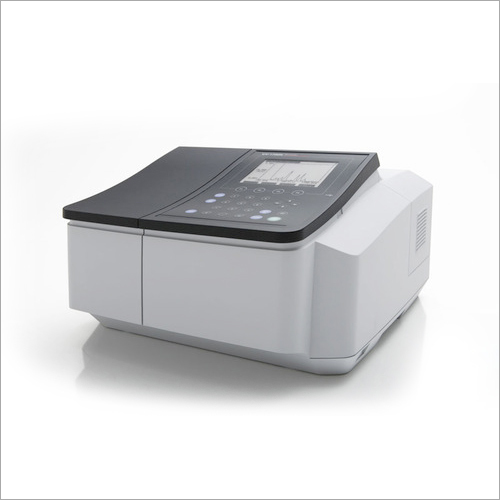

Price:
- 50
- 100
- 200
- 250
- 500
- 1000+
More Products in Testing Instruments Category
Tablet Hardness Tester
Usage : Pharmaceutical Laboratory Testing
Application : To test tablet crushing strength (hardness)
Features : LED display, accurate measurement, robust body
Power Supply : 230 V AC, 50 Hz
Max Height : Approx. 300 mm
Test Range : 2 20 mm (tablets)
Cleaveland Flash Point and Fire Point Apparatus
Usage : Laboratory/Testing Petroleum Products
Application : Determining flash and fire points of petroleum products
Features : Heavygauge brass cup, energy regulator, high quality insulation, manual flame application, flame exposure shutter
Power Supply : 230 V, 50 Hz AC
Max Height : Approx. 350 mm
Test Range : Ambient to 370C
Falling Ball Viscometer
Usage : Laboratory analysis of viscosity
Application : Measurement of liquid viscosity by falling sphere method
Features : Easy operation, corrosion resistant tube, calibrated glass balls
Power Supply : Not Required (manual operation)
Max Height : Approx. 30 cm
Test Range : 3020,000 mPas (sample viscosity)
Digital Potentiometer
Usage : Programmable resistance for circuits
Application : Electronic adjustable resistance, Volume control, Sensor calibration
Features : Nonvolatile memory, Low power, Compact size
Power Supply : 5V DC
Max Height : 4.5 mm (package height)
Test Range : 1 k to 100 k (model dependent)

 Send Inquiry
Send Inquiry
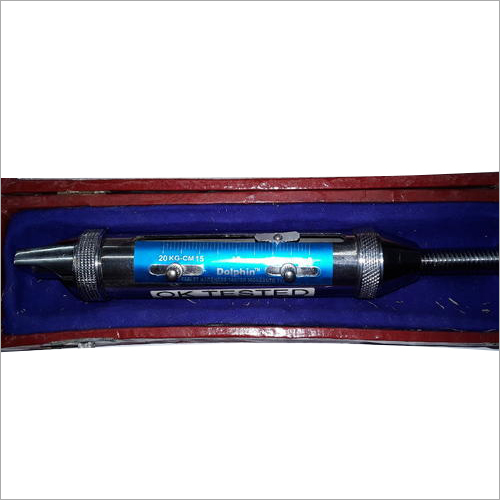
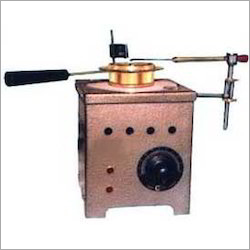
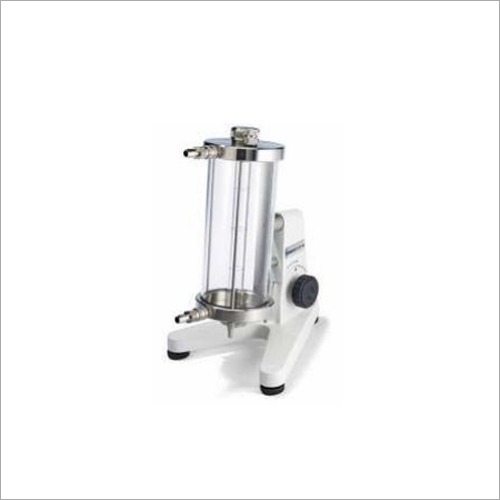
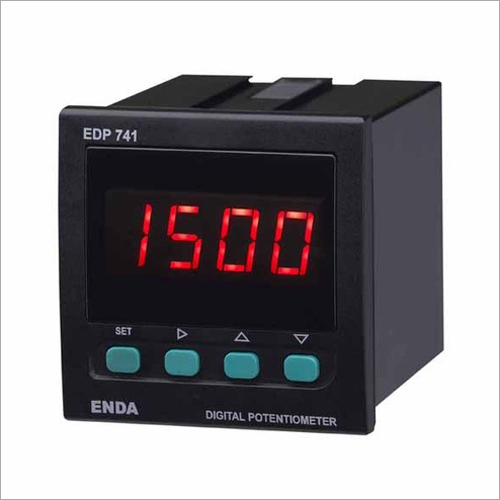


 Send Inquiry
Send Inquiry Send SMS
Send SMS Call Me Free
Call Me Free